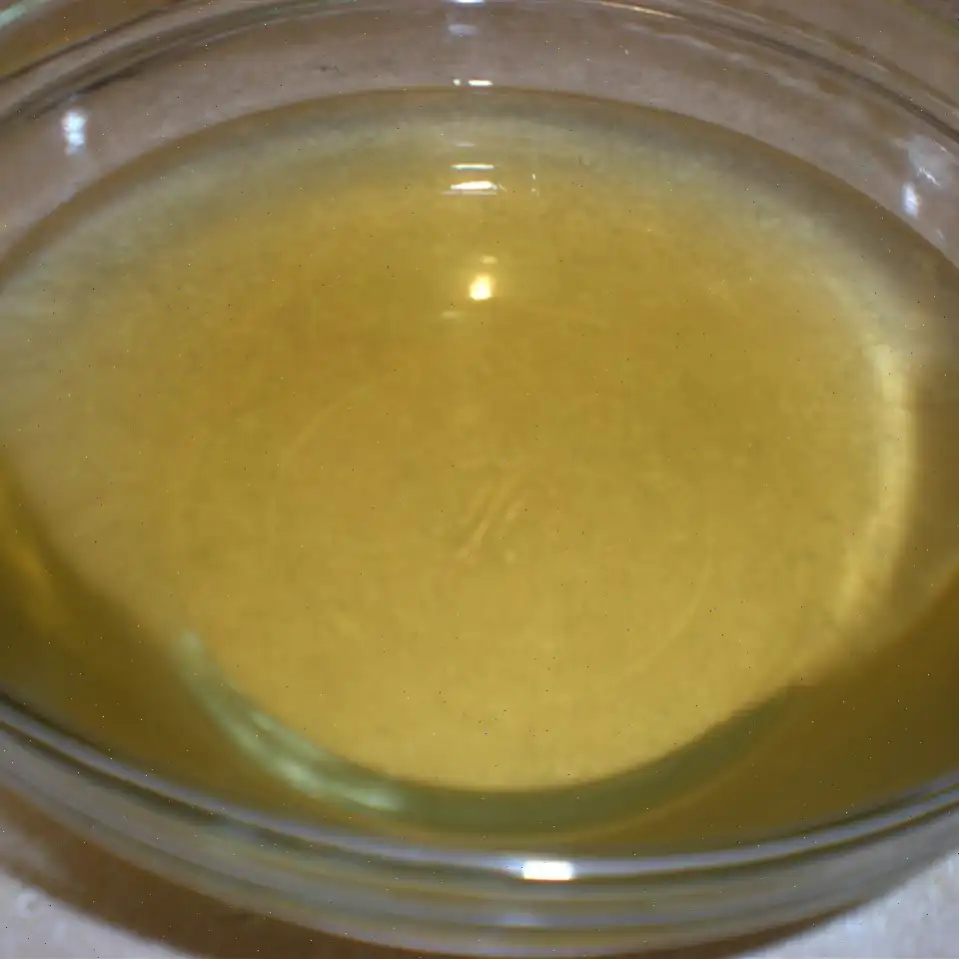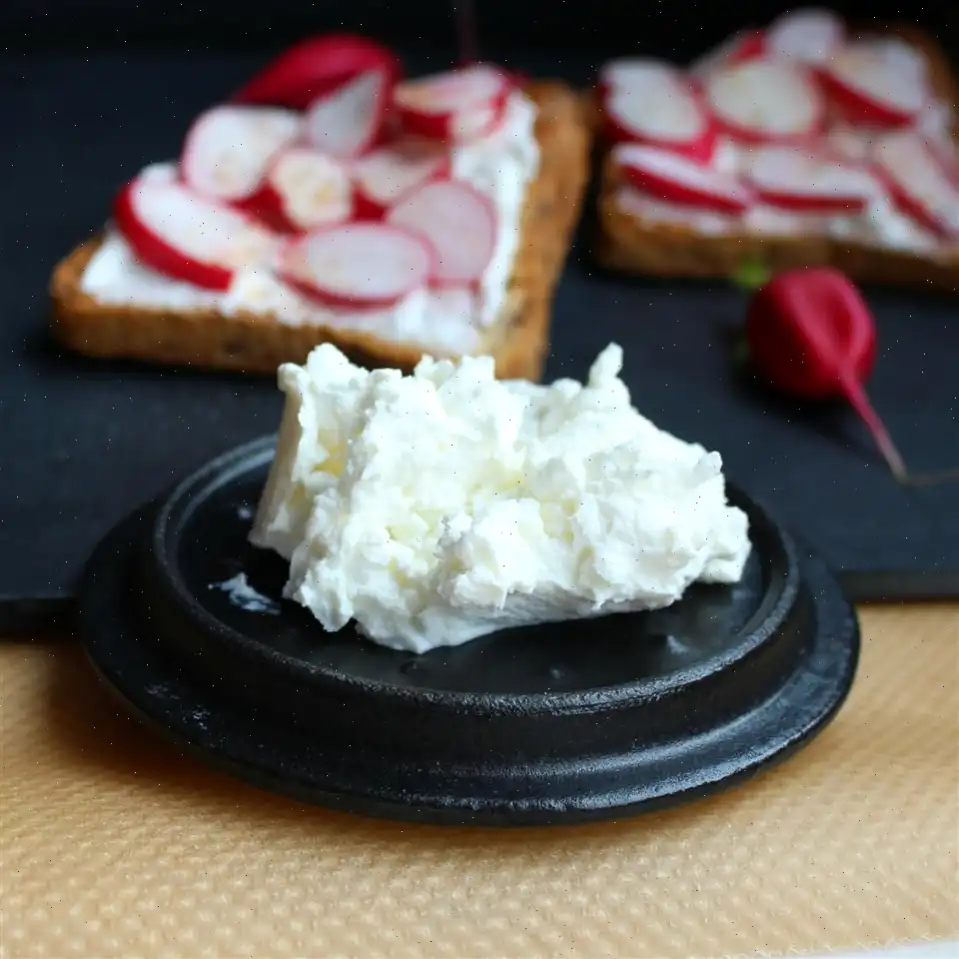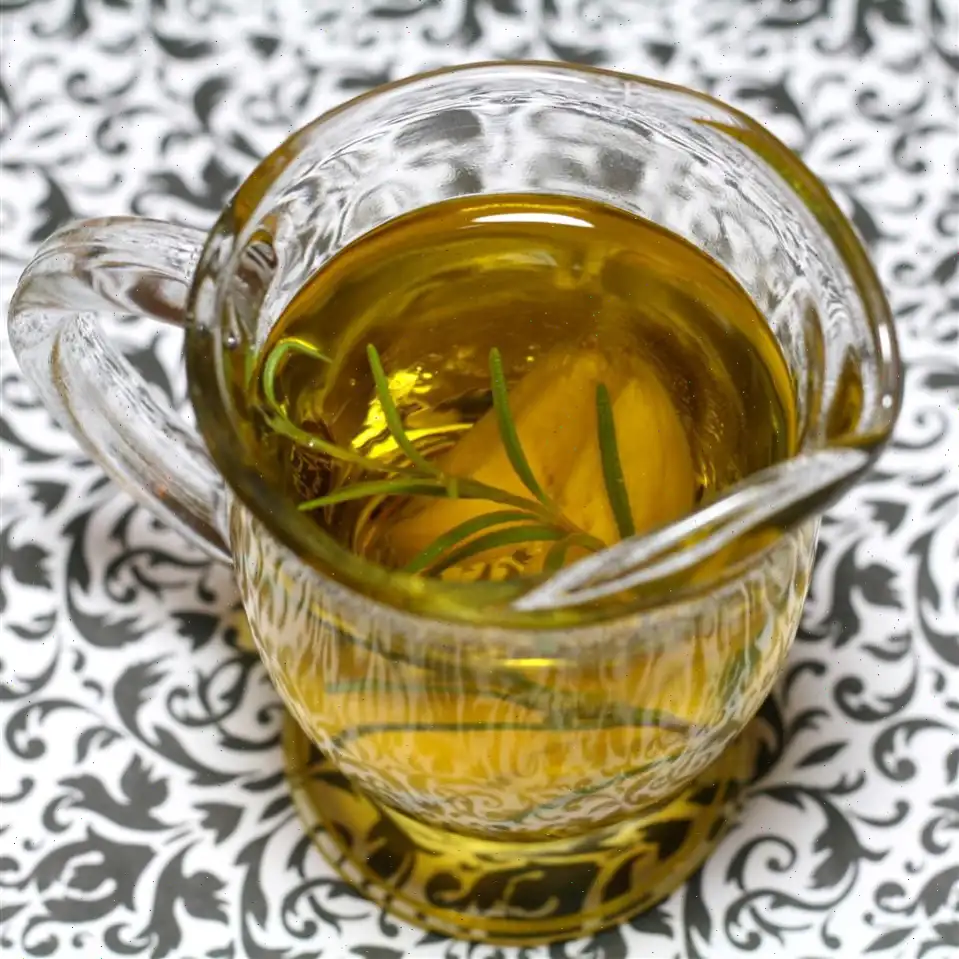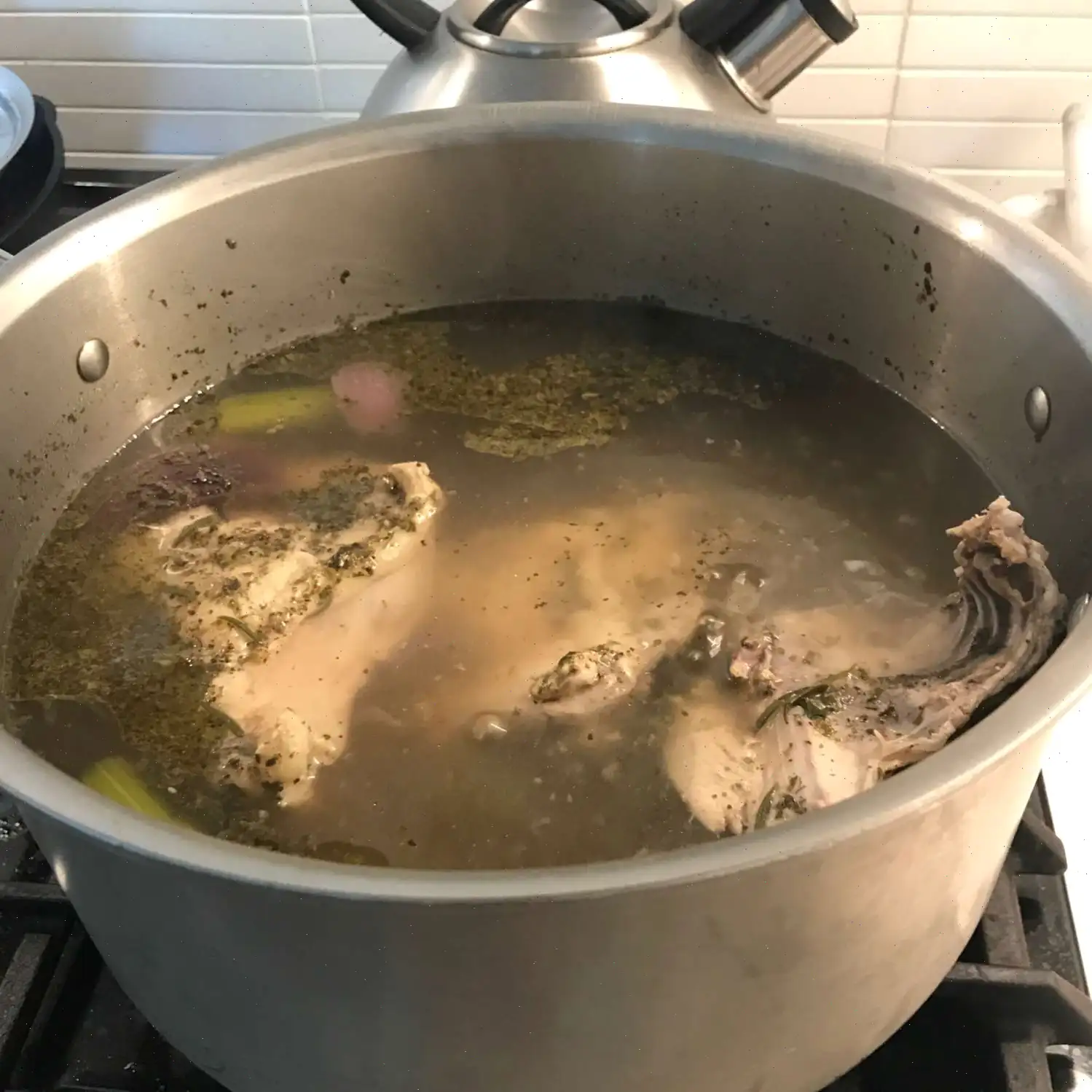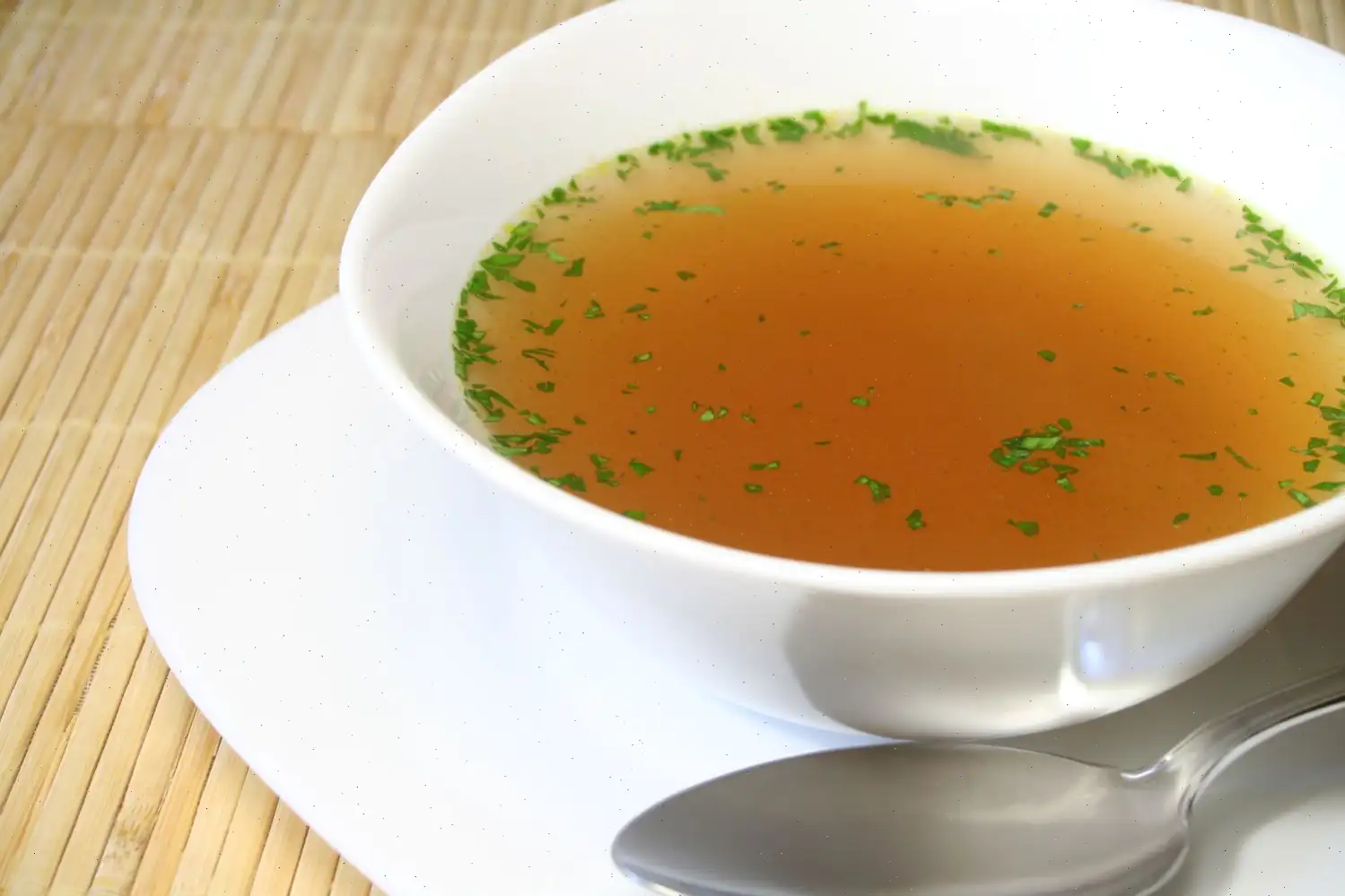
Dashi Stock (Konbudashi) Recipe
Ingredients
- 1 ounce dashi kombu (dried kelp)
- 1 quart water
- cup bonito flakes
Directions
- Start by gently wiping off any dirt from the kombu using a paper towel. Be careful not to rub off the white powdery deposits on the seaweed, as they are essential for flavor.
- Place the kombu in a saucepan filled with water and let it soak for 30 minutes to soften.
- Once soaked, transfer the kombu to a cutting board and cut several slits lengthwise into the leaf.
- Return the kombu to the saucepan with the water. Bring it to a boil over medium heat. Once the water starts to boil, remove the kombu immediately to prevent the stock from becoming too bitter.
- Add the bonito flakes to the kombu-infused water. Bring the mixture back to a boil and then remove the saucepan from the heat.
- Let the dashi cool. Once the bonito flakes settle to the bottom, strain the dashi through a fine mesh strainer lined with cheesecloth or a coffee filter to remove any solids.
Nutrition Facts (per serving)
| Nutrition Information | Amount |
|---|---|
| Calories | 12 |
| Sodium | 111mg |
| Total Carbohydrate | 2g |
| Protein | 1g |
| Calcium | 4mg |
| Potassium | 1mg |
* Percent Daily Values are based on a 2,000 calorie diet. Your daily values may be higher or lower depending on your calorie needs.
Dashi stock, or konbudashi, is one of the essential building blocks of Japanese cuisine. This light, savory stock is made by simmering dried bonito flakes and kombu (dried kelp) to create a flavorful liquid used in a wide variety of dishes. While it might seem simple, the preparation of dashi is an art form in itself, deeply rooted in the culinary traditions of Japan.
History and Origins of Dashi
The origins of dashi date back centuries and are intertwined with the development of Japanese cooking. The use of seaweed and fish in broths can be traced to ancient Japan, where such ingredients were prized for their umami-rich flavors. Dashi itself became a staple of Japanese cuisine around the 17th century, during the Edo period, when it began to be widely used in soup bases, sauces, and even as a seasoning. Bonito flakes, or katsuobushi, which are made from dried, fermented fish, were introduced into Japanese kitchens in the 18th century, providing a deeper, more complex flavor to the stock. The combination of kombu (seaweed) and bonito flakes forms the backbone of many traditional dishes in Japan.
Regional Variations of Dashi
While dashi is a standard component in many Japanese kitchens, its preparation can vary depending on the region. The most common type of dashi is konbudashi, made with kombu and bonito flakes. However, regional variations exist where other ingredients might be introduced. For example, in the Kansai region (Osaka, Kyoto), dashi may feature a larger proportion of kombu for a more subtle, seaweed-forward flavor. In contrast, the Kanto region (Tokyo) might emphasize the smoky, robust flavor of bonito flakes, leading to a richer, bolder dashi. There are also variations that include additional ingredients such as shiitake mushrooms, anchovies, or dried sardines to bring unique characteristics to the stock.
How Dashi Differs from Other Broths
What sets dashi apart from other broths, such as stock or consomm, is its reliance on simplicity and a focus on umami, the fifth basic taste. Unlike Western stocks, which are often simmered for hours to extract flavors from bones and meat, dashi is made quickly, typically within 10 minutes. The ingredients used in dashikombu and bonito flakesare both rich in glutamates, which naturally enhance the savory flavor. While stocks like chicken or beef broths provide richness from proteins and fats, dashi offers a lighter, cleaner profile that highlights the deep, subtle flavors of the sea. This makes dashi perfect for delicate Japanese dishes like miso soup, clear soups, and noodle broths.
Where Dashi is Commonly Served
Dashi is used as the base for many classic Japanese dishes, making it an essential component of Japanese home cooking and professional kitchens alike. It is most famously used in miso soup, where it serves as the liquid base that complements the miso paste. Dashi also forms the foundation of other soups, such as clear broths served with tofu or vegetables. Additionally, it is used to flavor sauces like teriyaki, and can be added to rice or used as a seasoning for simmered dishes (nimono). Dashi is a key ingredient in dishes like udon, soba, and tempura, where its savory depth enhances the overall taste experience.
Fun Facts About Dashi
- Dashi is often considered Japans answer to stock, but the key difference lies in the cooking process, which is much faster and simpler.
- Traditionally, dashi was made at home by families, and the stock was passed down from generation to generation. Today, it is still made in households, but many people also rely on ready-made dashi granules and concentrated liquids for convenience.
- The word dashi comes from the Japanese verb dasu, which means to extract or to give off, referring to the extraction of flavor from the kombu and bonito flakes.
- Because dashi is considered the soul of Japanese cuisine, its quality can dramatically affect the overall taste of a dish. Japanese chefs take great care to prepare dashi from scratch to ensure the best flavor profile.
Whether you are preparing a traditional bowl of miso soup or experimenting with new Japanese-inspired dishes, dashi stock will elevate your cooking with its distinctive umami flavor. With its deep roots in Japanese culture and cuisine, this simple yet powerful ingredient continues to be a beloved staple in kitchens around the world.


